Linux Distro for old hardware (old desktop). These best Linux Distribution for old computers are also the lightweight small Linux Distro for old computer. Linux for slow computers or old hardware – old PCs and laptops.
Linux Lite
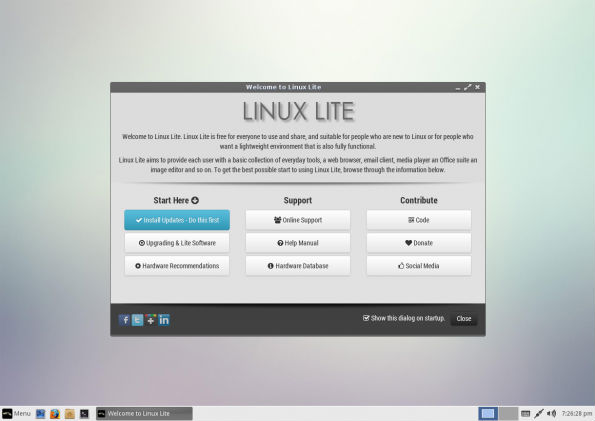
Linux Lite is based on the Ubuntu LTS series of releases. LTS stands for Long Term Support, this means each release has a support period of 5 years. Linux Lite is fully functional out of the box, this means that you won’t have to install extra software when you boot your computer for the first time. Linux Lite is easy to use straight away on the first boot after a new install. The Linux Lite Distro has very minimal system requirements and can easily be installed on old computers and even x86 and ARM Systems. Linux Lite Desktop is clean and simple. Linux Lite offers VLC Media Player, which takes care of a vast number of codecs. The Distro is shipped with LibreOffice and powerful image editor. Not onlt this, with native applications such as Lite Tweaks, Lite Software and Lite Upgrade, Linux Lite equips you with all the tools you need to maintain and run your system effortlessly.
Tiny Core
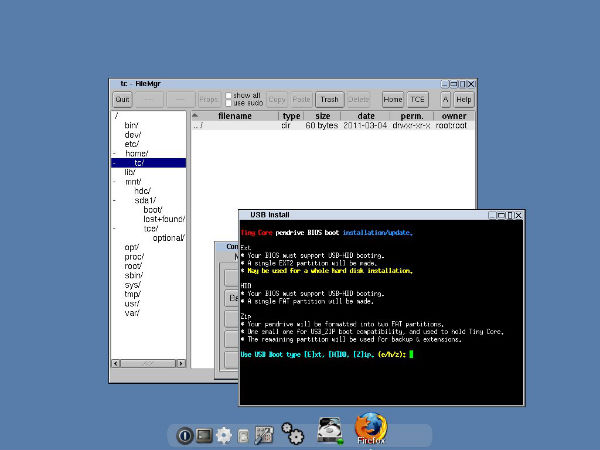
Tinty Core is a nomadic, very small desktop capable of booting from CD-ROM, pendrive, or frugally from a hard drive. Tiny Core is just around 10MB in size and is simply the kernel + core.gz. In technical words, Tiny Core Linux is a minimal Linux operating system focusing on providing a base system using BusyBox and FLTK. The Core Project is a highly modular based Linux system with community build extensions. It is packaged with a basic set of kernel modules in core.gz with recent Linux kernel, vmlinuz, and root filesystem and start-up scripts. Tiny Core Linux Distro is the smallest Linux version available in the market today. Once installed, the user has complete control over which applications and/or additional hardware to have supported. The Tiny Cores’s goal is the creation of a nomadic ultra small graphical desktop operating system capable of booting from cdrom, pendrive, or frugally from a hard drive. The Tiny Core Desktop boots extremely fast and is able to support additional applications and hardware of the users choice. While Tiny Core always resides in ram, additional applications extensions can either reside in ram, mounted from a persistent storage device, or installed into a persistent storage device.
CrunchBang Linux /Bunsenlabs
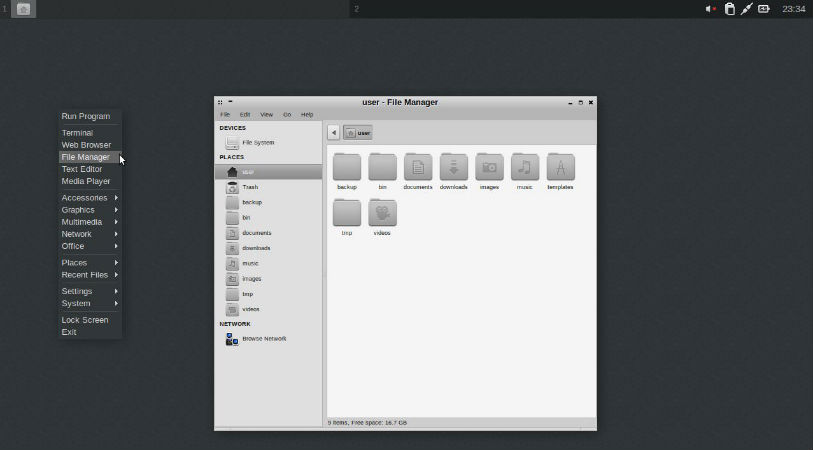
CrunchBang Linux is an Debian-based distribution featuring the light-weight Openbox window manager and GTK+ applications. CrunchBang Linux distribution is meant for old PCs and laptops. Their developers say: “The primary aim of the CrunchBang project is to produce a stable distribution offering the best possible out-of-the-box Openbox experience”. CrunchBang was designed to use comparatively few system resources. Instead of a desktop environment it used a customized implementation of the Openbox window manager. Many of its preinstalled applications used the GTK+ widget toolkit. CrunchBang had its own software repository but drew the vast majority of packages from Debian’s repositories.
CrunchBang PlusPlus (#!++) was developed in response to Newborough’s announcement of the end of CrunchBang. It is based on the Debian Jessie (release 8.1) distribution.
BunsenLabs Linux project is a community continuation of CrunchBang #! Linux. Its is a Linux distribution offering a light-weight and easily customizable Openbox desktop. The current release is Hydrogen (rc1), built on top of Debian Jessie. The project is a community continuation of CrunchBang #! Linux.
Lubuntu
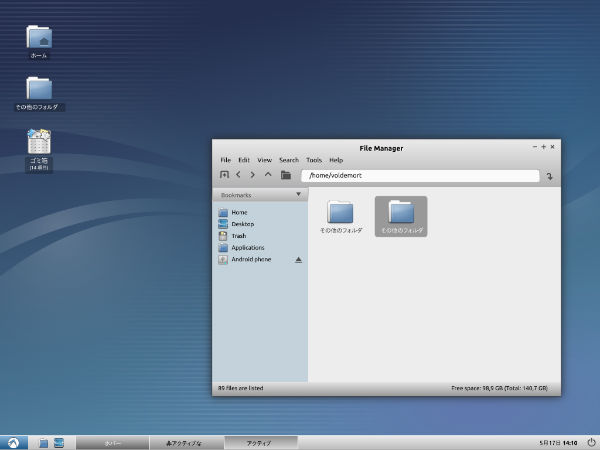
Lubuntu is a fast and lightweight operating system. The core of the system is based on Linux and Ubuntu. Lubuntu uses the minimal desktop LXDE, and a selection of light applications. We focus on speed and energy-efficiency. Because of this, Lubuntu has very low hardware requirements. Lubuntu is a good operating system for many old computers, but not for all of them. Some computers have too little horsepower or memory. A rule of thumb is that the computer should not be more than 10 years old. The desktop image for lubuntu 15.10 requires a DVD / USB device to write it to, the alternate image remains CD sized for those who need this functionality. The minimum specification for CPU is Pentium 4 or Pentium M or AMD K8. It is also suitable for older processors that are too slow and AMD K7.
Puppy Linux
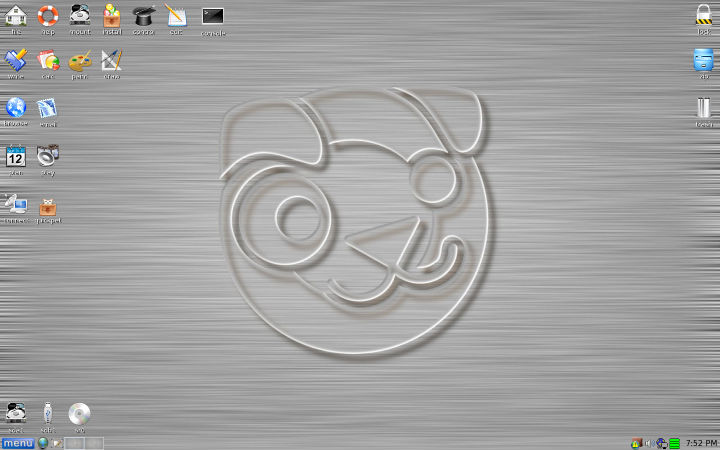
Puppy Linux is a special build of Linux meant to make computing easy and fast. With Puppy Linux, you can just use a CD or USB flash to boot a PC. You don’t have to install Puppy (to hard disk) to use it. Simply burn the ISO to CD/DVD and boot the PC or laptop with it. Once booted, you can then install it to USB flash (see the Setup menu), so you can use it for booting the PC when a CD is not available. You don’t have to save data to hard drive to work with Puppy. You can save data to USB flash or even to Internet storage (like www.drop.io ). When installed to USB flash, Puppy consumes only a little over 100 MB, or about 256 MB with OpenOffice. You can use the same USB flash (where Puppy is installed) for saving data.
Even if your PC has no hard disk (ex, broken hard disk), you can still boot Puppy via CD or USB and continue working. Old PCs that no longer work with new systems will still work good-as-new with Puppy. It has very low minimum system requirements and the boot time is well under a minute, 30-40 seconds in most systems.
SliTaz
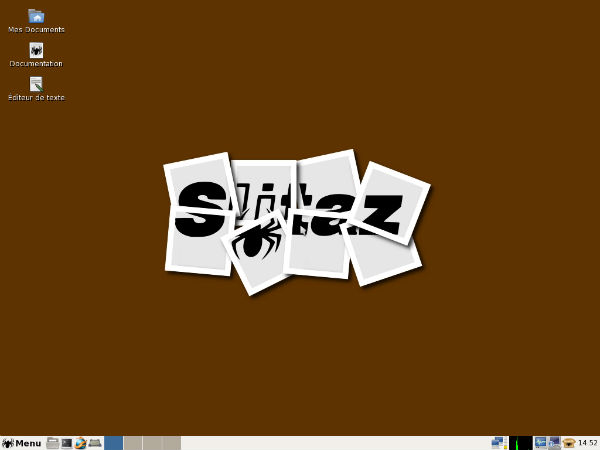
SliTaz is a secure and high performance operating system using the Linux Kernel and GNU software. SliTaz GNU/Linux is a free operating system working completely in memory from removable media such as a CD-ROM or USB key. It is light, speedy and fully installable on a hard drive. SliTaz is distributed in the form of a LiveCD that you can easily burn to a cdrom and boot from. When the system is running you can eject the LiveCD and use your CD drive for other tasks. The Live system provides a fully-featured, working graphical distro and lets you keep your data and personal settings on persistent media. The default ISO image provides 4 flavors: base, just-x, gtk-only and the full desktop. SliTaz can also be booted from the web, customized to match any needs and installed on a wide range of devices from old computers, to powerful servers and small ARM devices such as the Raspberry Pi.
SliTaz is an independent Linux distribution which is designed to run on any computer with no less than 256MB of RAM, SliTaz ISO file is very small in size (45MB Only!). The Root filesystem taking up about 100 MB and ISO image of less than 40 MB. It uses its own package manager “tazpkg” to manage software which makes it very fast on the old PCs.
LXLE
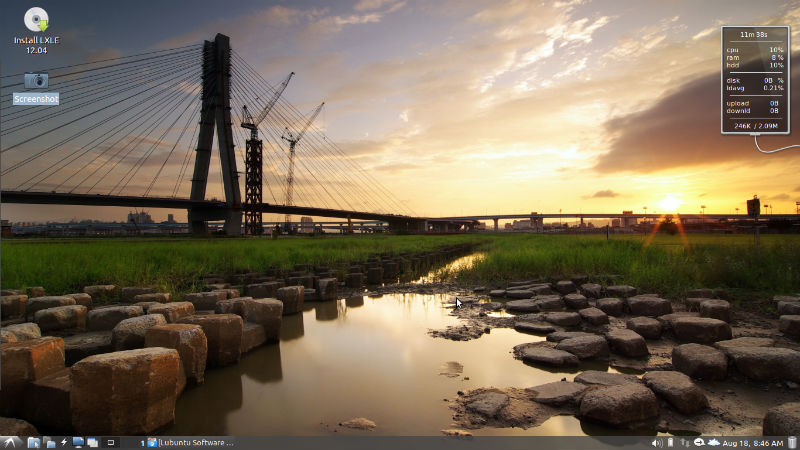
LXLE is based on Lubuntu which is an Ubuntu OS using the LXDE desktop environment. It is designed to be a drop-in and go OS, primarily for aging computers. Its intention is to be able to install it on any computer and be relatively done after install. At times removing unwanted programs or features is easier than configuring for a day. The LXLE Linux Distro is light on resources, but heavy on functions. The Distro is based on Lubuntu Linux to ensure a fast capable desktop for aging computers. LXLE provides a complete drop in and go replacement for XP, Vista, 7 Starter/Basic.
Images via Creative Commons
